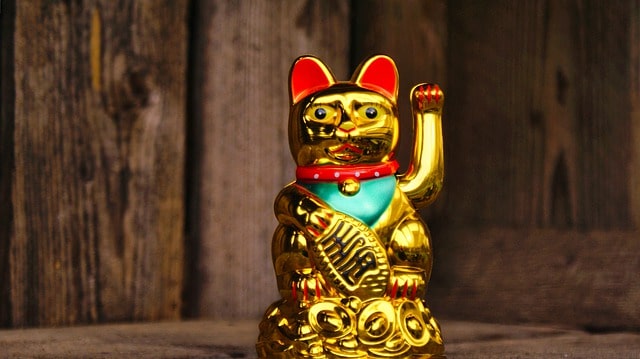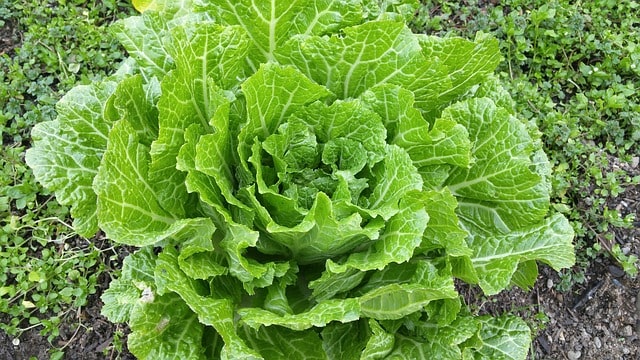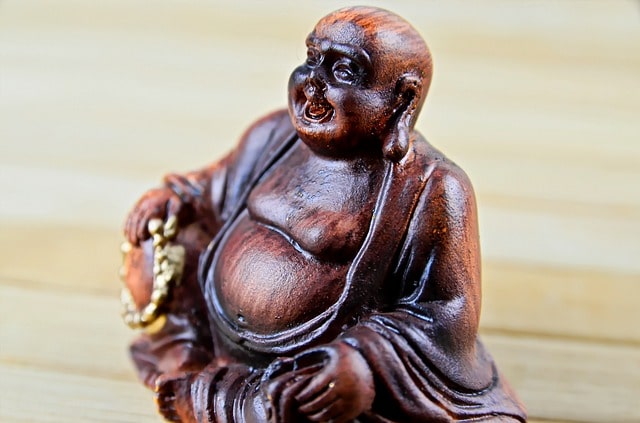
The Chinese people have been quite popular for using Chinese good luck symbols. Whether or not they actually work, or are merely coincidences is entirely up to the person using them. But for a belief system to last this long, it must have brought in a lot of luck and good fortune for others, don’t you think?
It’s normal to feel silly, or awkward, especially if you’re using them for the first time. Then again, what have you got to lose? Life’s tough, and if these symbols do nothing but do a little pick-me-up, give good vibes, or maybe just make you laugh or smile, aren’t they worth a try?
So this article discusses some of the most curious questions you might have such as:
– What are the various Chinese good luck symbols and meanings?
– Do the symbols of good luck in Chinese culture really work?
– What are the most favored Chinese good luck symbols and characters?
– Understand what are good luck symbols?
– How do good luck symbols in Chinese fit in today’s modern world?
Chinese Symbols for Good Luck and Fortune
First stop, the 8 most famous Chinese symbols for good luck and fortune you’d want to try out.
Numbers (Success, Wealth, Prosperity and Longevity)
Ever heard of the number craze in China? Practically everyone would do anything to have these digits displayed. Everything from their license plates, to their phone numbers. You see, their number language comes from other Chinese words having almost the same pronunciation but differs in meaning.
For business, you’d like to have the number six, eight represents prosperity and wealth, and nine is for longevity. The number four is the unluckiest number as it constitutes the word ‘death’.
There are still plenty of other number combinations available having special meanings.
Cabbage (Prosperity and Wealth)

Walk into some Chinese businesses and restaurants. You’d most likely witness some cabbage statues displayed here and there. It’s because the Nappa cabbage has the same pronunciation but different meanings with the words ‘wealth’ and ‘hundred’. Thus, believed to be a prosperity sign by the Chinese people.
These usually come as porcelain or glass figures. The most famous version of these cabbages is the jadeite sculpture found at Taiwan’s National Palace Museum.
Lucky Cat (Good luck and Fortune)
Another one of the most famous Chinese symbols for good luck is the Lucky Cat. Actually, this originated in Japan but soon became very famous among the Chinese merchants. It’s called Maneki-Neko in Japanese or a beckoning cat.
It’s usually made out of ceramic and can bring about increased sales and good business to shop owners and go-to restos. They usually come in black, white, gold and red colors. The cat can is holding on to a coin.
For the Japanese however, having a lucky cat in your study room or bedroom could yield favorable results. Regardless of the tasks or endeavors, you’re currently undertaking.
Money Tree (Wealth and Abundance)
This is yet another one of the most popular Chinese good luck symbols which fascinate people. Also known as the Malabar chestnut tree, its popularity spread around 1986. The story goes that there was this Taiwanese truck driver who braided together five small money trees. He then went ahead and planted them in a single pot.
From then on people believe that money trees always bring luck and good fortune to those who display them in their homes or offices. As the tree matures, there will be five-leaf stems that will emerge. This kind of abundance will be a reflection of the owner’s luck in finances. It’s easy to grow and maintain, another plus factor why people want them around.
The Chinese Knot (Prosperity and Good Luck)
Next on this list of Chinese good luck symbols is the Chinese Knot. This folk art traces as far back to the Tang Dynasty. This Chinese knot uses a knot, cord, and tassel. A single piece of thread weaves together this creation. The finished product looks exactly the same from the front and back, although their shapes may vary.
Red is the most popular color used for knotting. Not only does this symbolize prosperity and good luck, it’s also used to chase off bad spirits and bring good fortune to married couples. Try visiting a Chinese supermarket during New Year and you will see Chinese knots abound!
The Laughing Buddha (Health, Happiness, Contentment, and Abundance)

Looking at this Buddha, also known as Pu-Tai, you can’t help but feel good already! He’s bald, chubby, all the while wearing a robe and carrying his prayer beads with him. His protruding belly and infectious smile earned him his name, Laughing Buddha.
In China, the Laughing Buddha is famous because of its loving and good character. He represents joy, contentment, abundance, and lots of luck. These are present in countless temples, businesses, and restaurants. Some even keep them in their own homes.
In Chinese his name translates to ‘cloth sack’. This is literally what he uses to bring very little possessions, as well as a few precious items which he gives to the homeless, the weak, and the poor. He loves children and is often depicted as playing with them.
Bamboo (Strength, Virtue, and Longevity)
Bamboo is a big part of Chinese culture, both literally and figuratively. These bamboos are here for food, used for painting, and even poetry inspiration. It is a symbol of strength and resilience. You must take it as a compliment when people compare you to a bamboo, who only bends instead of breaking during tough times.
Even if you are not physically strong, you are still likened to a bamboo. But only if you are persevering, have strong moral values, and mentally disciplined. They have an open heart willing to accept others ideas and opinions, without bias or arrogance.
Fish (Fidelity, Unity, Wealth, and Abundance)
In China, the Fish symbolizes luck in many ways. You see, the fish’s Chinese pronunciation is the same as another word which translates to surplus. Thus, it is used as a sign of abundance and wealth.
Spring Festivals can never go without a fish. Ironically, it is prepared but never uneaten. It represents one’s desire to save something for the rainy days. Koi or carp is also a very famous Asian artwork. One of the reasons why this is considered one of the best Chinese good luck symbols is because it represents longevity. No wonder fish charms are always given as wedding gifts.
Conclusion
There is absolutely nothing wrong with buying, utilizing, and believing these Chinese good luck symbols. However, luck should also be paired with hard work. perseverance, the strength of character, and discipline are also needed. Also, no man is an island. Learn to share your blessings, so when the time comes and a dire need arises, people will never think twice about helping you back.
